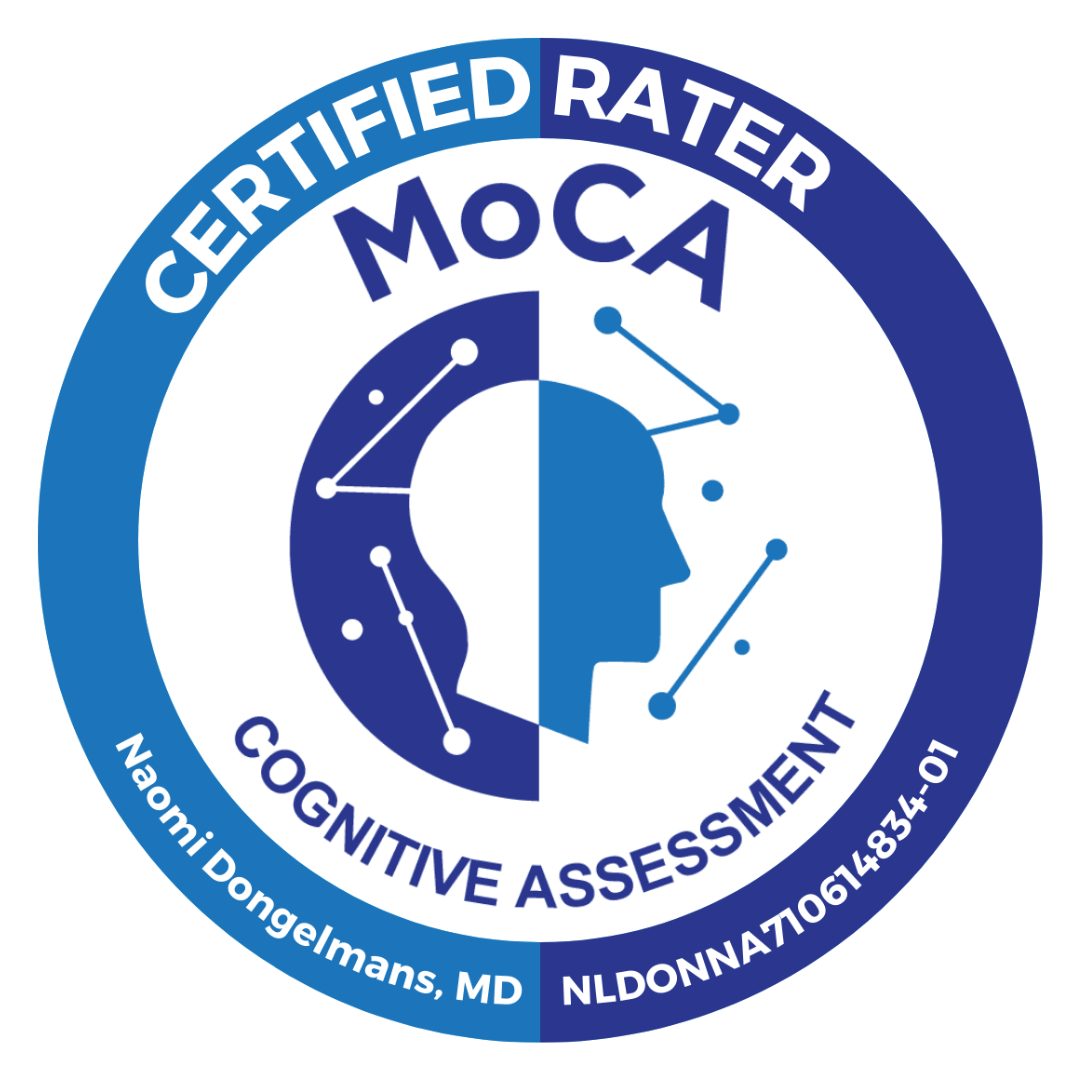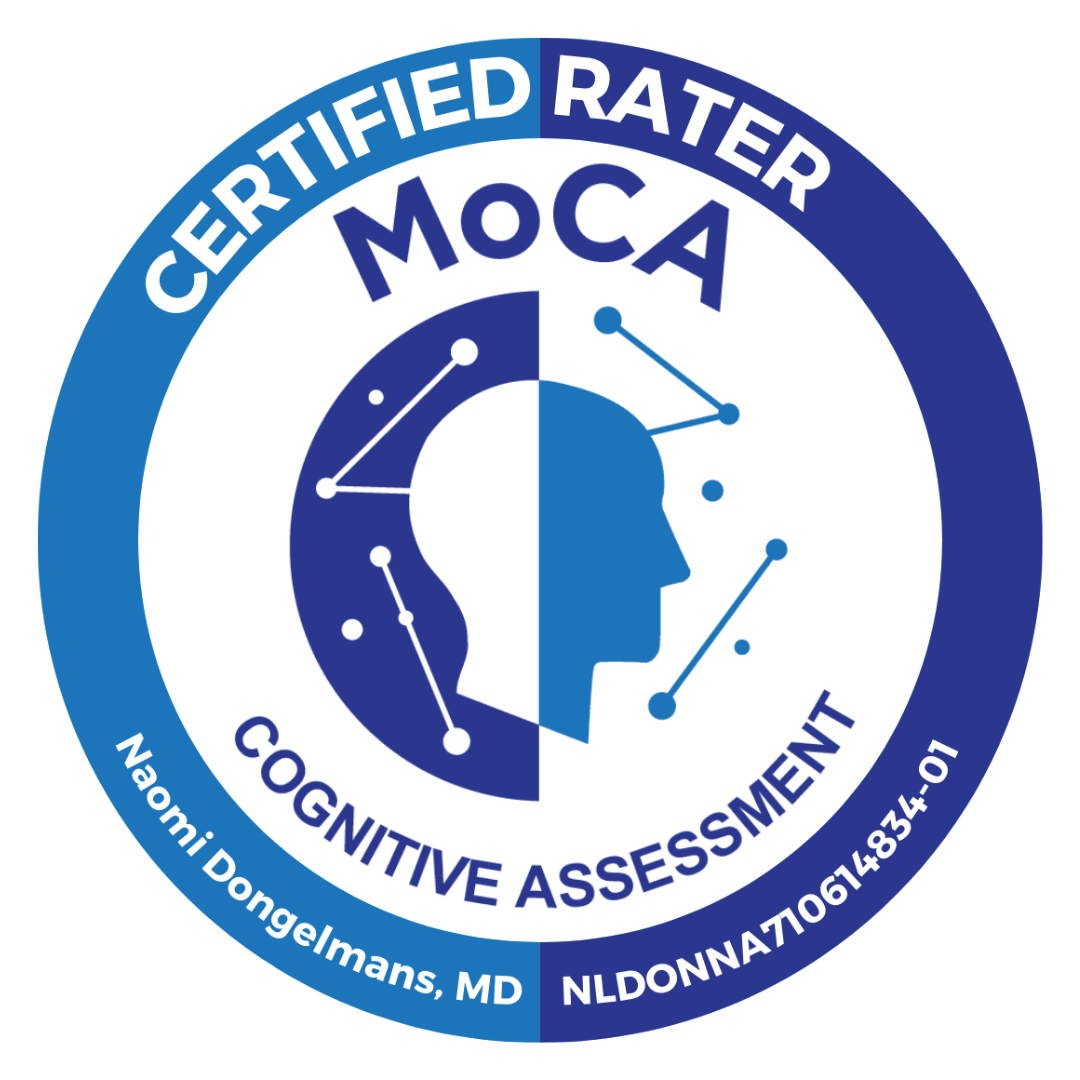
1. Observe Changes in Behavior
- Increased restlessness or agitation
- Frequent or sudden mood swings
- Unusual irritability or aggression
- Social withdrawal or decreased participation in activities
- Changes in sleep patterns, such as insomnia or excessive sleeping
- Decreased appetite or changes in eating habits
2. Pay Attention to Facial Expressions
- Grimacing or furrowing of the brow
- Clenched jaw or teeth grinding
- Pained or distressed facial expressions, even during moments of silence
3. Notice Body Language
- Restlessness or constant shifting in their seat
- Protective gestures, such as holding or guarding a specific body part
- Tense or rigid posture
- Wincing or flinching in response to touch or movement
- Increased fidgeting or repetitive movements
4. Listen to Vocal Cues
- Frequent or sudden changes in vocal tone, such as increased volume or pitch
- Crying, whimpering, or moaning sounds
- Repetitive phrases or vocalizations that seem out of the ordinary
- Sudden outbursts of screaming or yelling without apparent cause
5. Look for Changes in Daily Activities
- Difficulty with routine tasks they were previously able to perform independently
- Decreased interest or participation in activities they once enjoyed
- Refusal or resistance to engage in activities that require movement or physical effort
- Sudden change in mobility, such as difficulty walking or performing fine motor skills
Remember, every individual with dementia is unique, and pain can manifest differently in each person. By closely observing changes in behaviour, body language, vocal cues, and daily activities and taking action steps to address their discomfort, you can provide the support and care your loved one needs. Always consult healthcare professionals for personalized guidance and advice regarding pain management strategies for your loved one.
📚📝 Introducing Our Workbook: "How Can I Tell if My Loved One is in Pain or Discomfort?"
Are you caring for a loved one with dementia and wondering how to recognize signs of pain or discomfort? We have created a handy workbook to assist you in this important journey. 🤝🧩
Our workbook is designed to guide you through the process of assessing your loved one's pain levels effectively. It provides key points, actionable steps, and space for note-taking. Using this interactive tool, you can better understand your loved one's well-being and provide the support they need. 📓🖊️
Why download our workbook?
✅ Track Observations: The workbook helps you document and track important observations, including changes in behaviour, facial expressions, body language, vocal cues, and daily activities.
✅ Follow Action Steps: Our actionable steps provide clear guidance on effectively addressing your loved one's pain or discomfort.
✅ Collaborate with Care Team: Use the workbook as a communication tool to collaborate with healthcare professionals and other caregivers, fostering a comprehensive care plan.
✅ Reflect and Learn: Take notes, jot down reflections, and ask questions as you progress through the assessment process.
Caring for a loved one with dementia can be challenging, but understanding their pain levels is crucial for their overall well-being. Download our workbook and empower yourself with valuable knowledge and practical tools to enhance the care you provide. 🌟💙
Click the link below to access the fillable workbook (in Google docs) and embark on a journey towards better pain management and improved quality of life for your loved one. 📥✨
Remember, you're not alone in this journey. We're here to support you every step of the way. Together, let's make a positive difference in the lives of those we care for. 🤗💕
Love what you read here? Subscribe for updates! Add me to the list!




























0 Comments